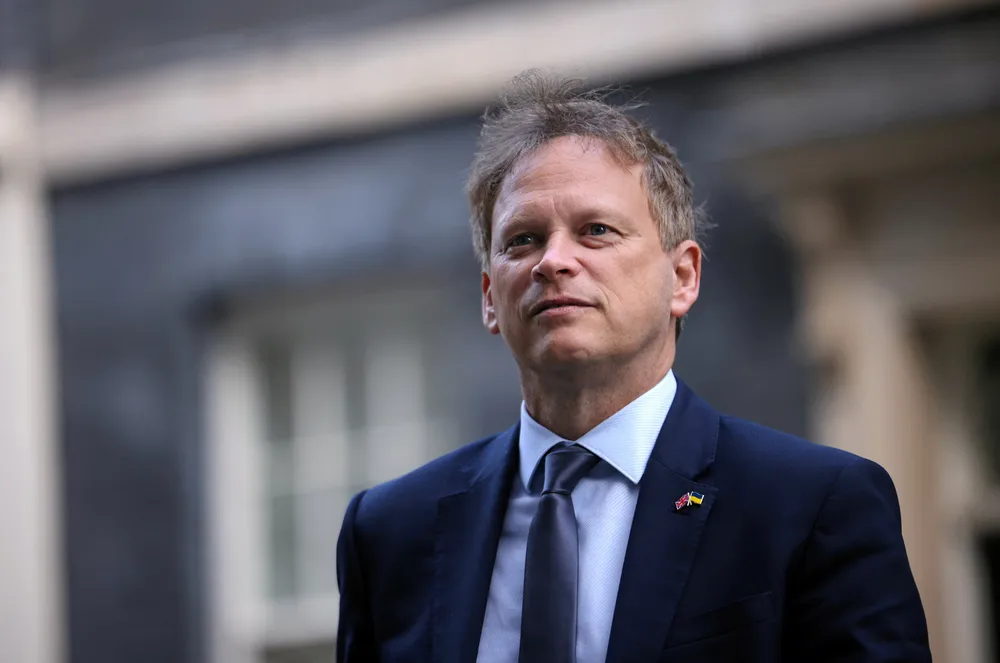UK proposes looser criteria for second round of hydrogen auctions, with extra subsidies being considered
Government mulls more capex support, longer delivery timelines and including biomass- and waste-based projects

Government mulls more capex support, longer delivery timelines and including biomass- and waste-based projects
